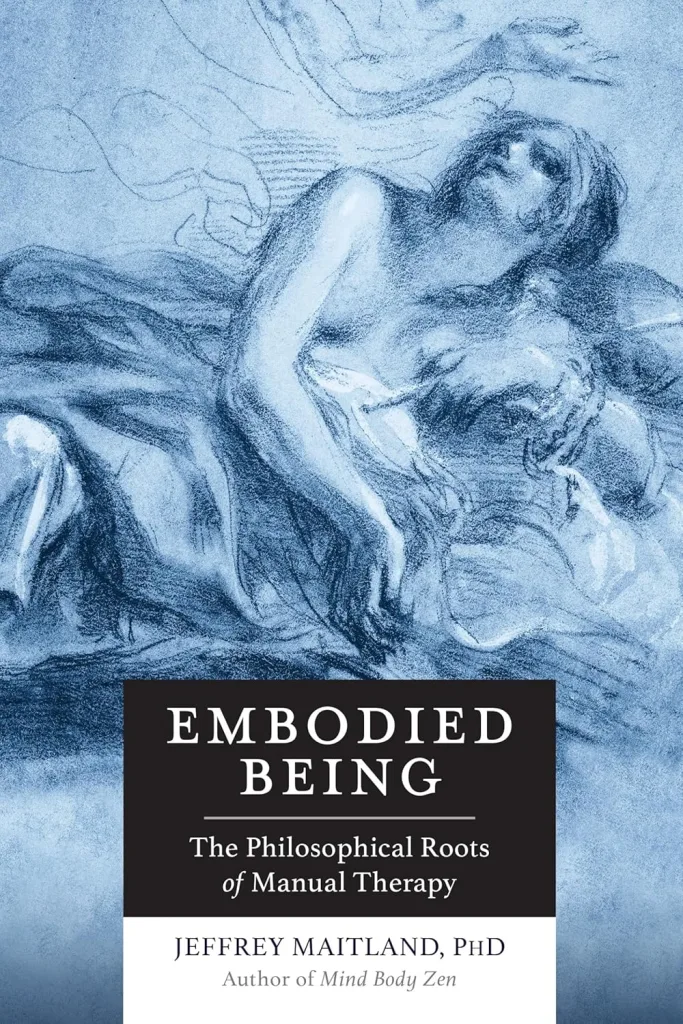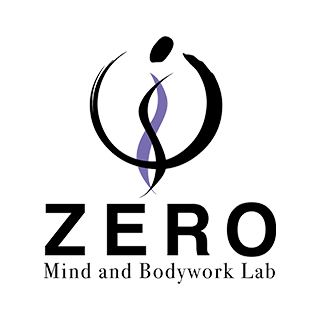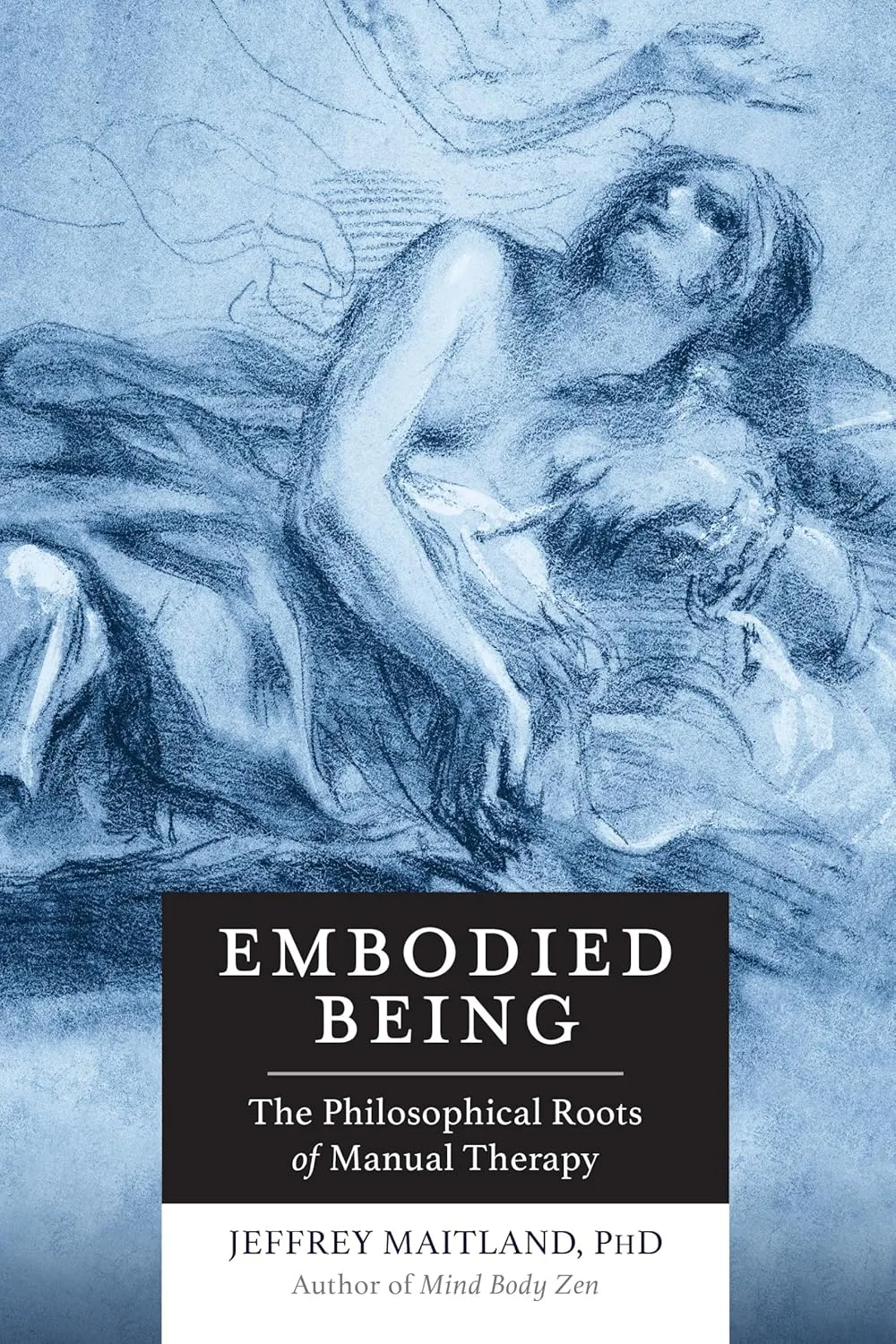Introduction
Hello, this is Hidefumi Otsuka, offering Rolfing sessions in Shibuya.
I’ve now completed the first six days of Phase 2 of the Advanced Rolfing Training. Through sessions with external clients and peer practice, I’ve received deep feedback from instructors Ray McCall and Hiroyoshi Tahata, and gained many insights.
At Ray McCall’s recommendation, I began reading Embodied Being – The Philosophical Roots of Manual Therapy by Jeff Maitland (currently untranslated into Japanese). As a former university philosophy professor, Maitland shows that providing bodywork, including Rolfing, is not just a technical system but a deeply philosophical and somatic inquiry.
Among his ideas, I was especially struck by a concept Ray introduced during the training: Orthotropism.
In this entry, I’d like to explore why neutrality is so important, using this concept as a central thread.

Verticality: The Body’s Innate Orientation Toward Life
Dr. Ida Rolf, founder of Rolfing, emphasized that the body is organized around a “line.” Jeff Maitland elaborates on this idea in Embodied Being:
“Every inch of the body is striving to unbind its morphological potential by cultivating the vertical.”
— Embodied Being, Jeff Maitland
This quote expresses not just postural alignment, but a deeper truth — that the body is oriented toward an inner direction: toward life.
The concept of orthotropism comes from the Greek roots orthos (straight, upright, correct) and tropos (turning, tendency, direction). It describes an organism’s tendency to grow in a specific direction — in this case, vertically.
Just like a sunflower grows toward light (heliotropism — helio meaning sun), the human body also exhibits a tendency to orient itself toward verticality within the field of gravity.
Verticality as the Activity of Self-Formation
Maitland explains that while the human body shares structural features with other animals, it has evolved the capacity to appropriate gravity vertically, thereby orienting itself, forming a sense of self, and cultivating conscious awareness.
He writes:
“By vertically appropriating gravity, human morphology transforms these common animal structures and organizes them into an upright, self-directed, self-conscious whole.”
What’s crucial here is the view that “verticality and consciousness evolved together.”
Standing upright — bipedalism — is inseparable from life itself. It forms the foundation of awareness and selfhood.
The Sentient Body vs. the Soft Machine
This view of the body contrasts sharply with the more common, mechanistic view of the body as a machine.
Maitland frequently uses the term sentient body — meaning a body that senses, feels, responds, and perceives itself — a sensing self. This stands in stark opposition to the soft machine model, in which the body is seen as something to be externally manipulated. That mechanistic dualism, rooted in the philosophy of René Descartes, separates mind and body into subject and object.
In contrast, phenomenology — especially as developed by Maurice Merleau-Ponty — sees the body not as a subject or an object, but as the “lived body” (le corps vécu) that exists within and through relationship to the world.
“When we speak of the body’s verticality, we are not simply referring to the body as an object, but to the orthotropic activity of the sentient body.”
This understanding transforms how we approach touch, the nature of sessions, and the meaning of neutrality in Rolfing.
Neutrality Means Trusting the Body’s Capacity to Organize Itself
Because the body inherently seeks verticality and self-formation, the role of the Rolfer or bodyworker is not to do something, but to entrust the process to the client’s system.
“By working this way, we are tapping into the self-organizing, self-making, reflexive, self-shaping orthotropic nature of our client.”
Neutrality does not mean being “empty” or “disengaged.”
It means trusting the body’s inherent capacity to self-organize, to cooperate with gravity, and supporting it with gentle presence and attunement.
This, I believe, is the essence of Rolfing.
Ray describes the Rolfer’s attitude using the term:
“benign indifference”
This phrase captures a way of being that does not try to change the client, does not judge, and does not try to control the outcome. It expresses the heart of neutrality.
- Benign means kind, gentle, and non-harming
- Indifference implies detachment, non-attachment, and not interfering
This isn’t about doing nothing — it’s about trusting and maintaining a respectful distance, allowing the client’s inherent capacity for integration to emerge without interference.
Closing Thoughts: Relationship and Presence
Now that we’ve passed the midpoint of Phase 2, I feel more than ever that Rolfing is not primarily about technical skill. It’s about the quality of relationship, the depth of presence, and cooperation with gravity.
The term Orthotropism is not just an anatomical observation — it’s a philosophical statement about the body’s intrinsic orientation toward life.
And neutrality is the way we accompany that force.
I hope this post offers something of value to you.

